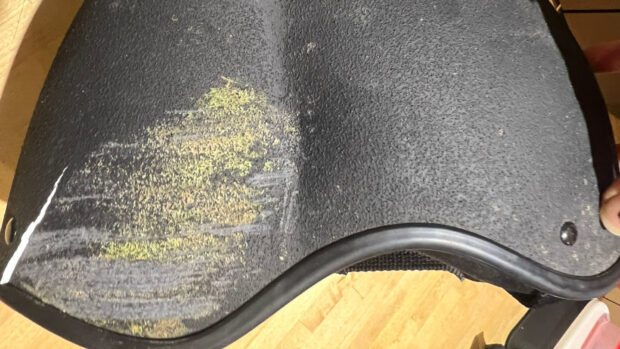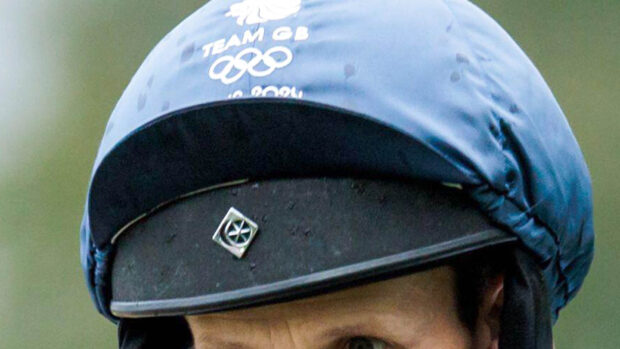Space technology is being developed to be used in riding hats.
Helmet manufacturer Charles Owen was one of the five winners of a $250,000 (£174,420) prize to come up with a new material that can be used in helmets.
It was chosen from 125 entries in the National Football League, Under Armour and the US Department of Commerce’s National Institute of Standards and Technology (NIST) Head Health Challenge III competition.
The company’s winning idea is a brand new substance made of cellular structures, which uses the science of origami.
The essential building block is a double-corrugated sheet of material, whose ability to fold was originally developed for use in the space industry.
Charles Owen is now working with Cambridge University and the University of Cardiff to develop the material, and also has access to the National Institute of Science and Technology in the US.
The company is using a 3D printer as well as a supercomputer to design, create and simulate tests on the new product.
The five companies have a year to develop their product, at the end of which a winner will be chosen and awarded a further $250,000.
“We are humbled to have been chosen. Without the funding, this project would probably not be taking place,” Roy Burek of Charles Owen told H&H.
“We just do not have that sort of money to invest into new materials.”
Currently, protective riding helmets are filled with high-grade polystyrene — like a microscopic bubble wrap. On impact, layers of bubbles burst to give the head more stopping distance, reducing the chance of a brain injury.
Mr Burek said that a material that can fold means they could provide more protection to the rider without making the hat any larger.
Related articles:
- Major funding boost for helmet testing
- Hat rule changes for 2016: does yours comply?
- Advances in concussion testing
British Eventing’s Chris Farr said research and development into technologies to improve safety is “absolutely essential” and the whole industry should embrace this.
“Hat research is something that is undoubtedly going to come to the fore with sport’s growing awareness of concussion,” he added.
Ref: H&H 25 February, 2016




